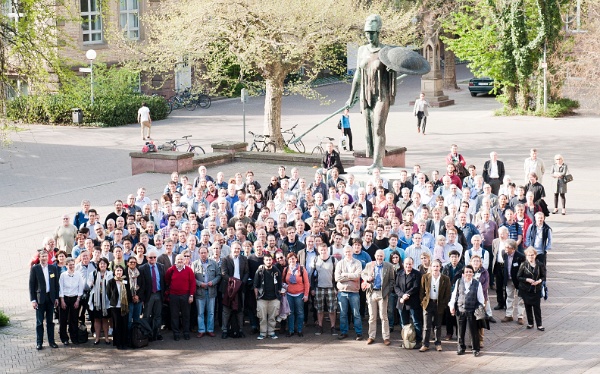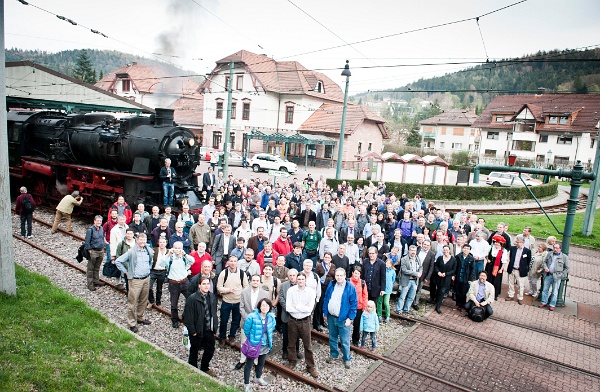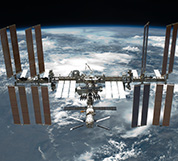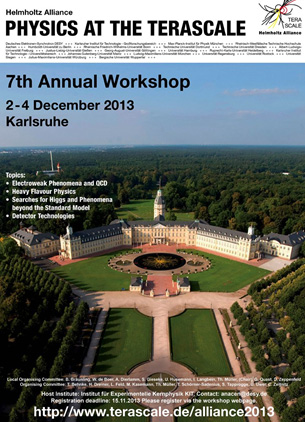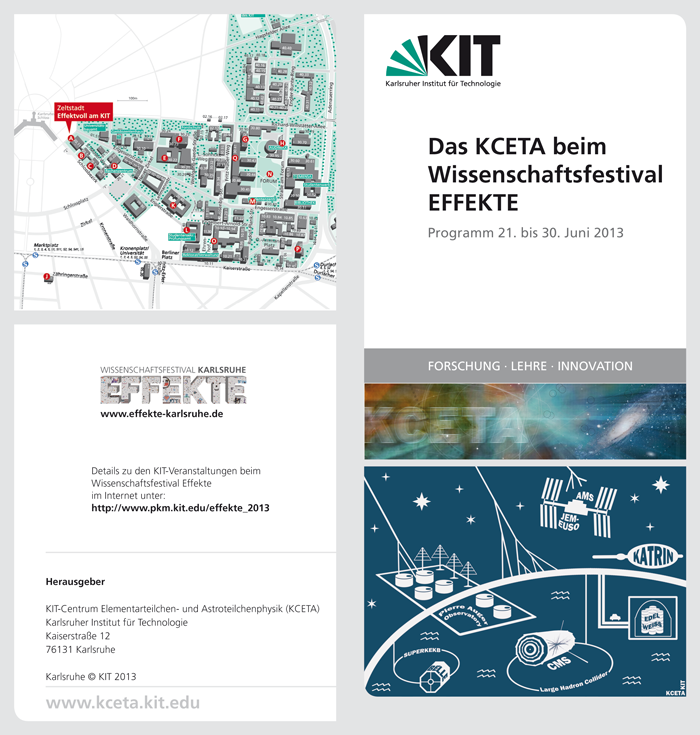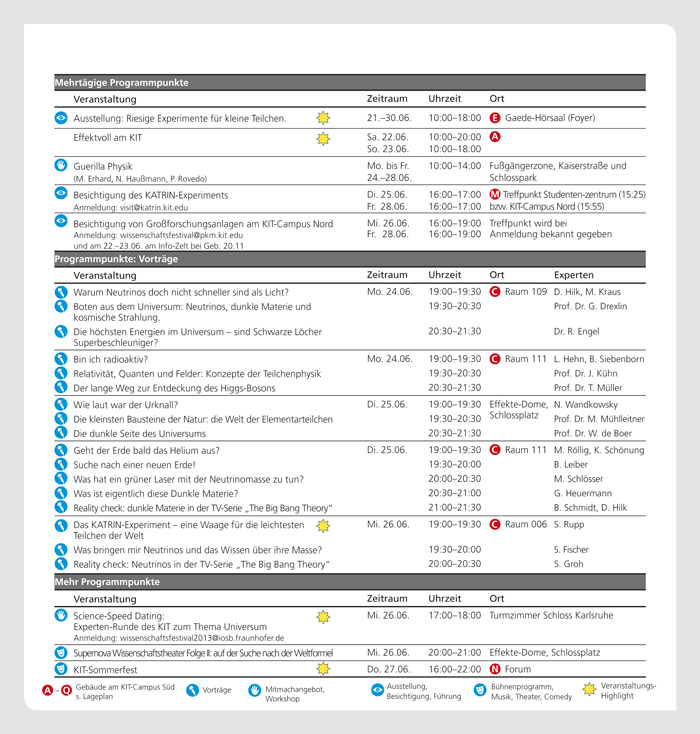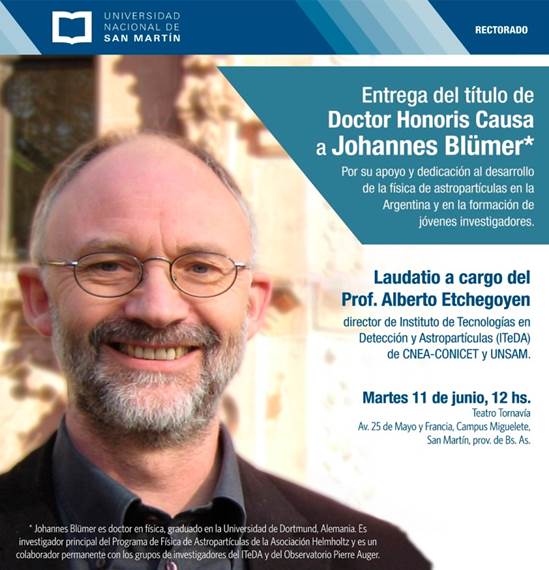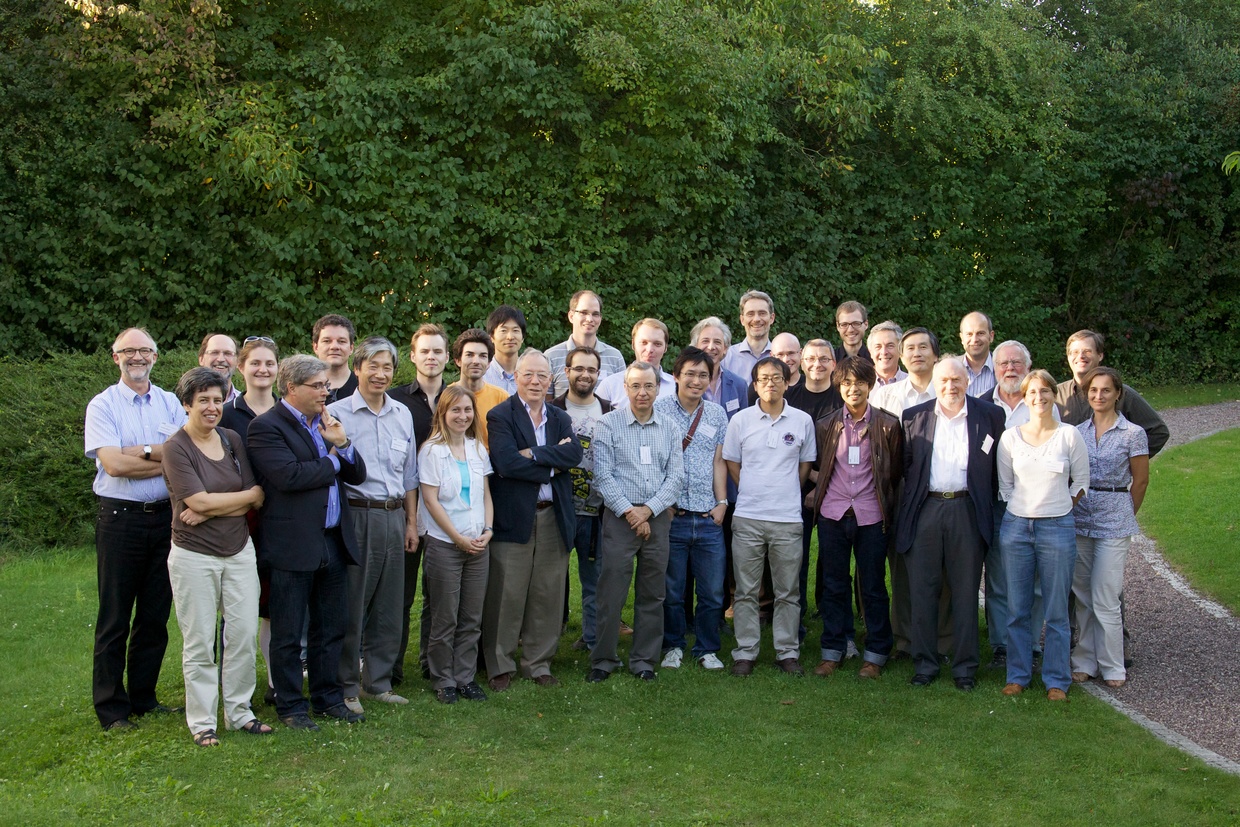The EFFEKTE science festival has now come to a successful close.
On the open day, interested visitors of all ages from Karlsruhe visited the KCETA information stand in the mathematics building. In addition to spectacular experiments with liquid nitrogen and the "destruction" of foam kisses in a vacuum cylinder, an octocopter developed by KIT was also on display. On the Teilch-O-Mat, everyone was able to find out in a personality test which of the elementary particles suits him best and have an appropriate button made. Of course, there was also information about KCETA's diverse participation in major international experiments on elementary particles and astroparticles.
Kids & Kosmos was the name of our hands-on exhibition and it was a hit with children and young people between the ages of 6 and 19. Enthusiastic young researchers, young and old alike, were looking for answers to questions such as: What is our universe made of? What is Dark Matter? Where does cosmic radiation come from? Who lives in the particle zoo? Why is the Higgs particle so special? Solar system model, rallye, planet path, handicrafts, dark (liquorice) matter and much more did not let boredom arise!
In the exhibition "Huge experiments for small particles", exhibits and posters of all large-scale experiments in which KCETA is involved were on display. A full-scale model of a Pierre Auger Observatory tank, a Tunka-Rex antenna, models from EDELWEISS, FLUTE and KATRIN and, the star of the exhibition, a model of the CMS detector, in which the proton beam and individual detector parts illuminated at the touch of a button. Among other exhibits, non-stop videos provided information about the various KCETA experiments. If you had any questions, you could contact competent exhibition supervisors at any time.
We reported here about the exhibition "Art of Science - Beauty in Creation".
Despite the heat, there were many interested people who took part in two tours of the KATRIN large-scale experiment at Campus North to learn more about the huge scale for the lightest particle, the neutrino. A journalist from "Die Welt" was also present and reported.
The "Wissenschaft Live" event was a very special one. Everyone could be present in a lecture hall when we went live to the control rooms of major international experiments. Scientists from the CMS experiment (CERN, Geneva), the EDELWEISS experiment (in a highway tunnel near Modane, 1600m below a mountain), the Pierre Auger Observatory (Malargüe, Argentina) and finally the KATRIN experiment at KIT, Campus North, explained how to "control" your large-scale experiment. We were able to see the scientists and their colleagues live at work. Finally, there were many questions from the audience, which were answered by the scientists on site.
Finally, there were a whole series of highly interesting popular science lectures, which were very well attended:
"Physik am Samstag"
- Neutrinos - Key to the Universe (Dr. Susanne Mertens)
"Particles and Universe"
- Fascination between Quarks and Cosmos (Prof. Johannes Blümer)
- How to "see" elementary particles (Prof. Ulrich Husemann)
"Tracking down the great mysteries of astroparticle physics"
- Black Holes and Cosmic Particles (Dr. Ralph Engel)
- The Search for Dark Matter (Dr. Klaus Eitel)
"Higgs - or how particles get to their mass"
- The discovery of the Higgs particle or how the particles get their mass (Prof. Margarete Mühlleitner)
- From the Big Bang in the laboratory to the Higgs particle (Prof. Thomas Müller)
"Physik am Samstag"
- A particle detector on the International Space Station:
Search for Dark Matter with the Alpha Magnetic Spectrometer 02 (Dr. Iris Gebauer)
Three of the lectures took place as part of the "Science Tuesday" in the pavilion in the Schloßgarten:
"The Image of the Universe comes from Karlsruhe"
- Fascination between Quarks and Cosmos (Prof. Johannes Blümer)
- On the trail of cosmic super-accelerators (Dr. Ralph Engel)
- The Search for Dark Matter (Nadine Foerster)

All photos: Astrid Chantelauze and Beatrix von Puttkamer (KIT)


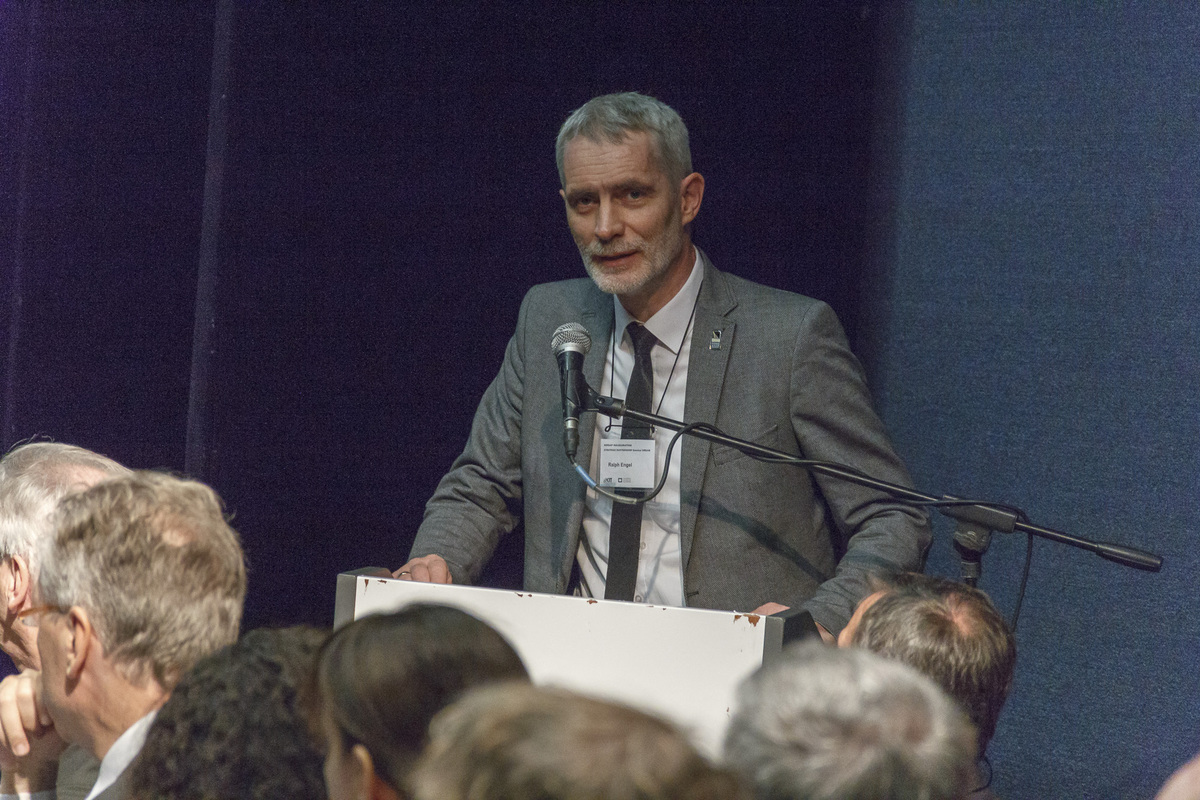
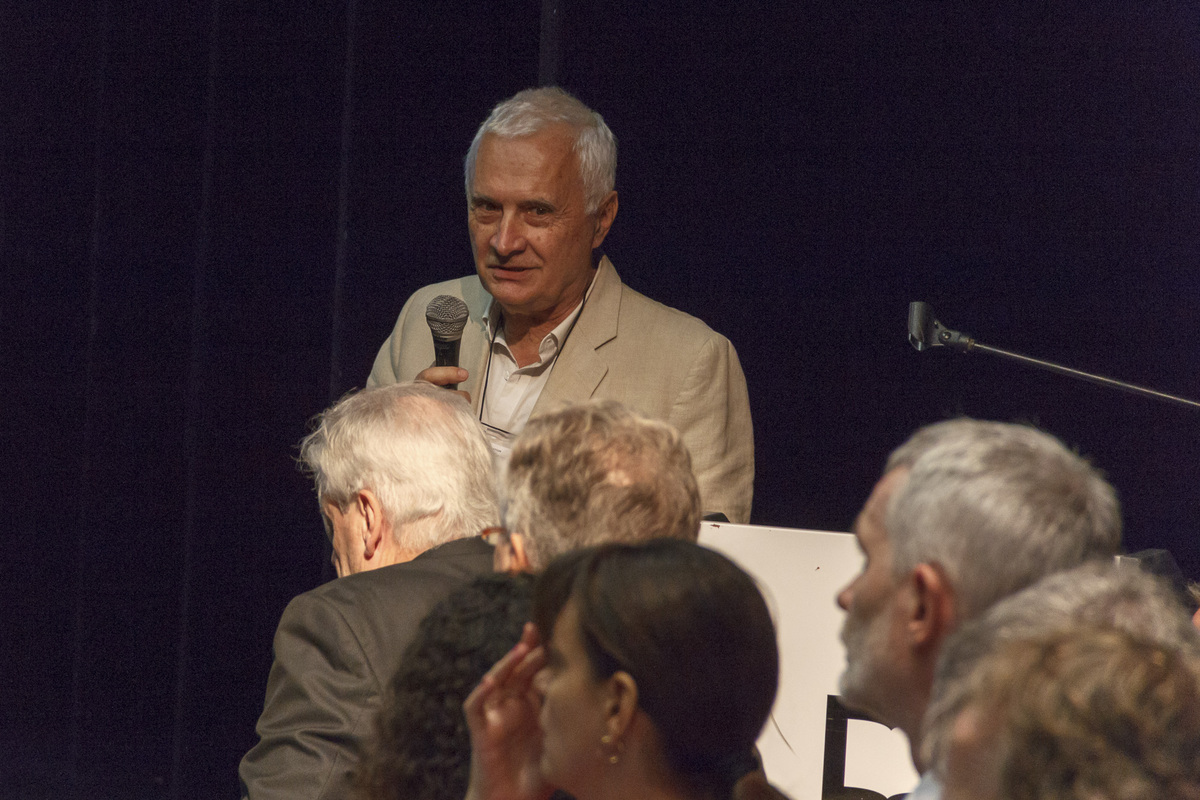

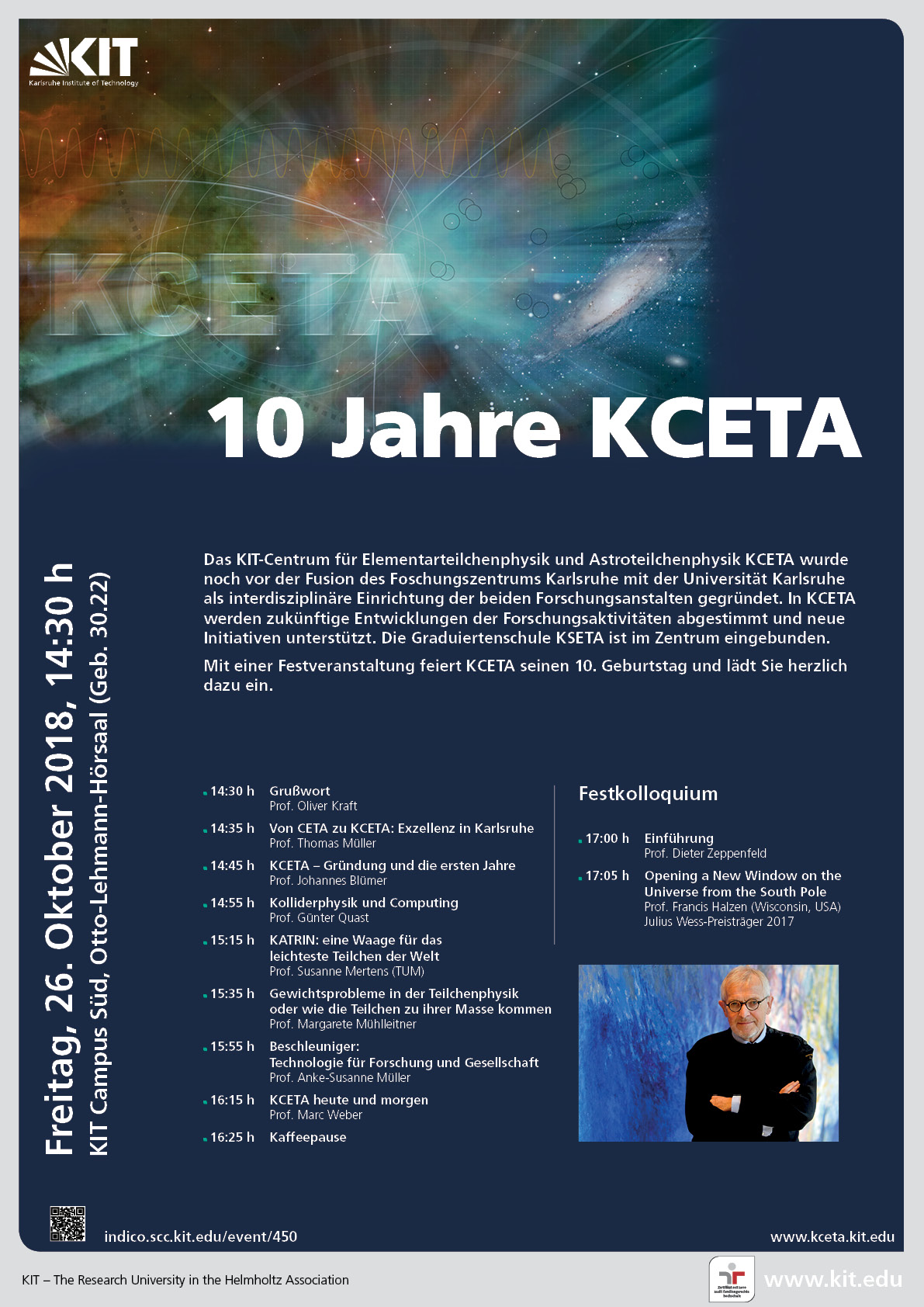
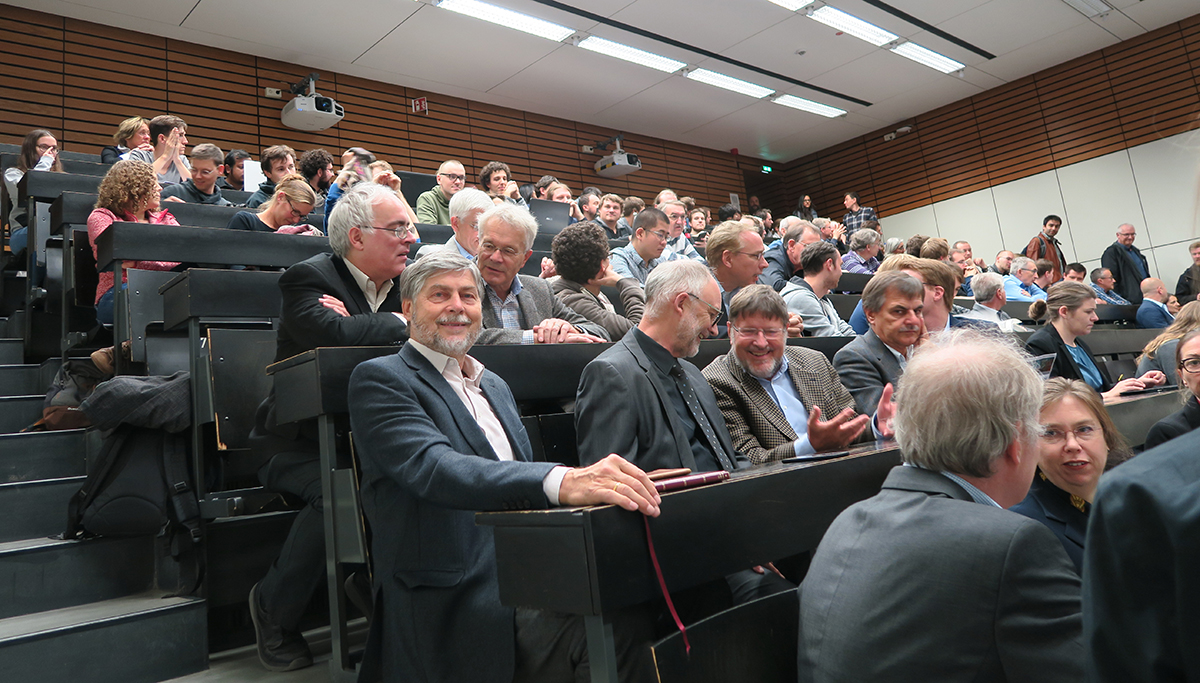
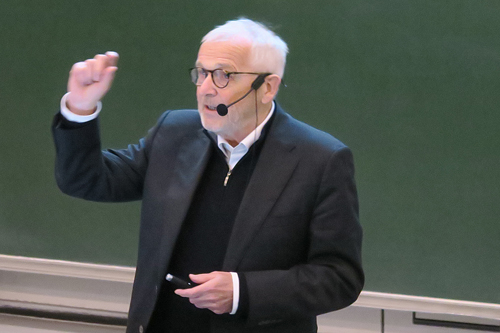
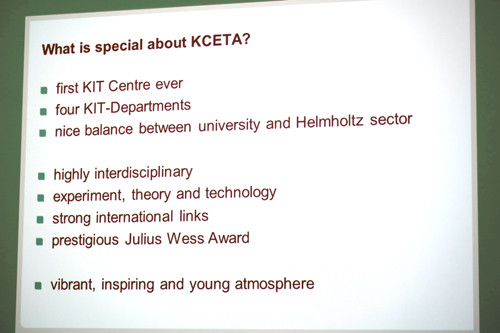



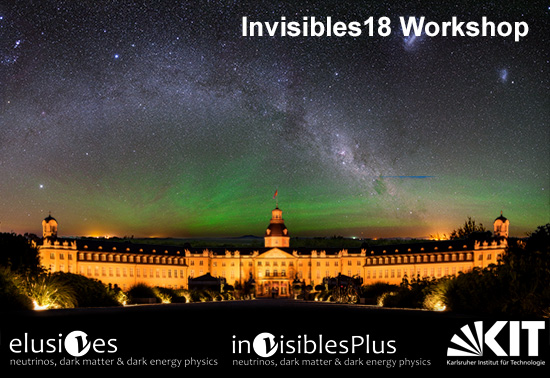

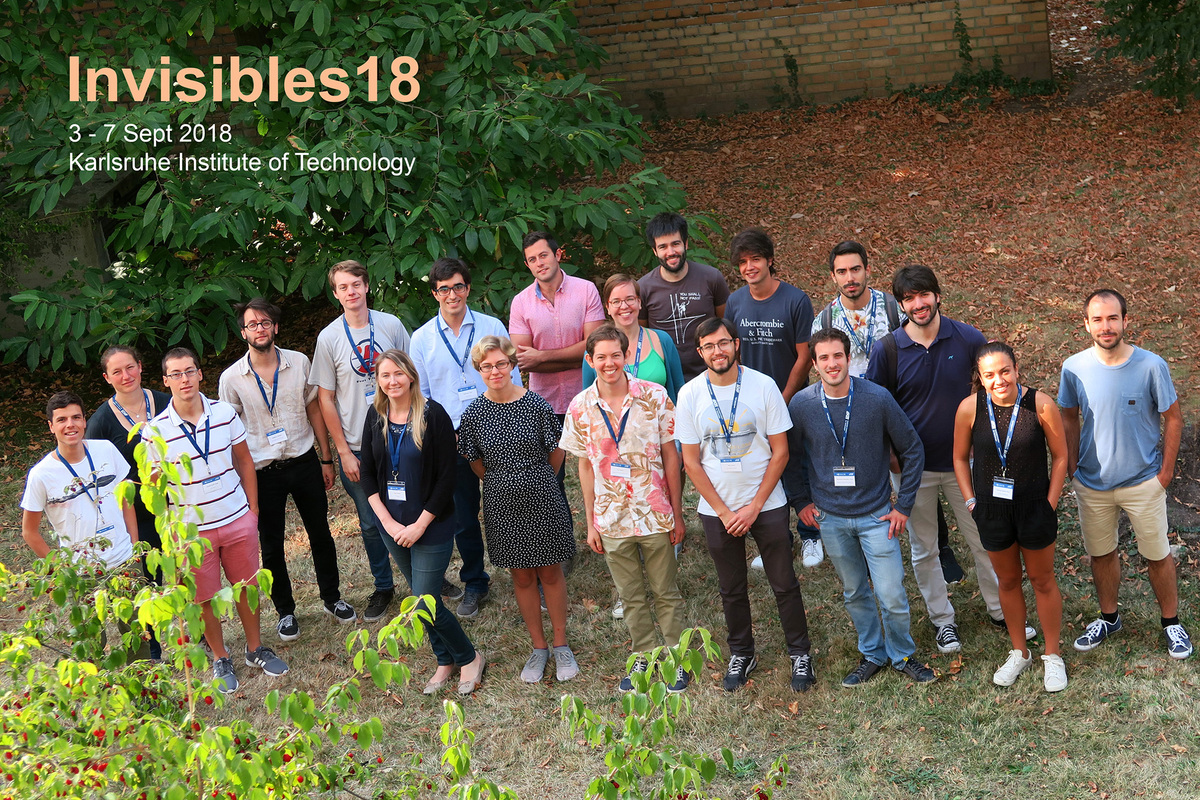
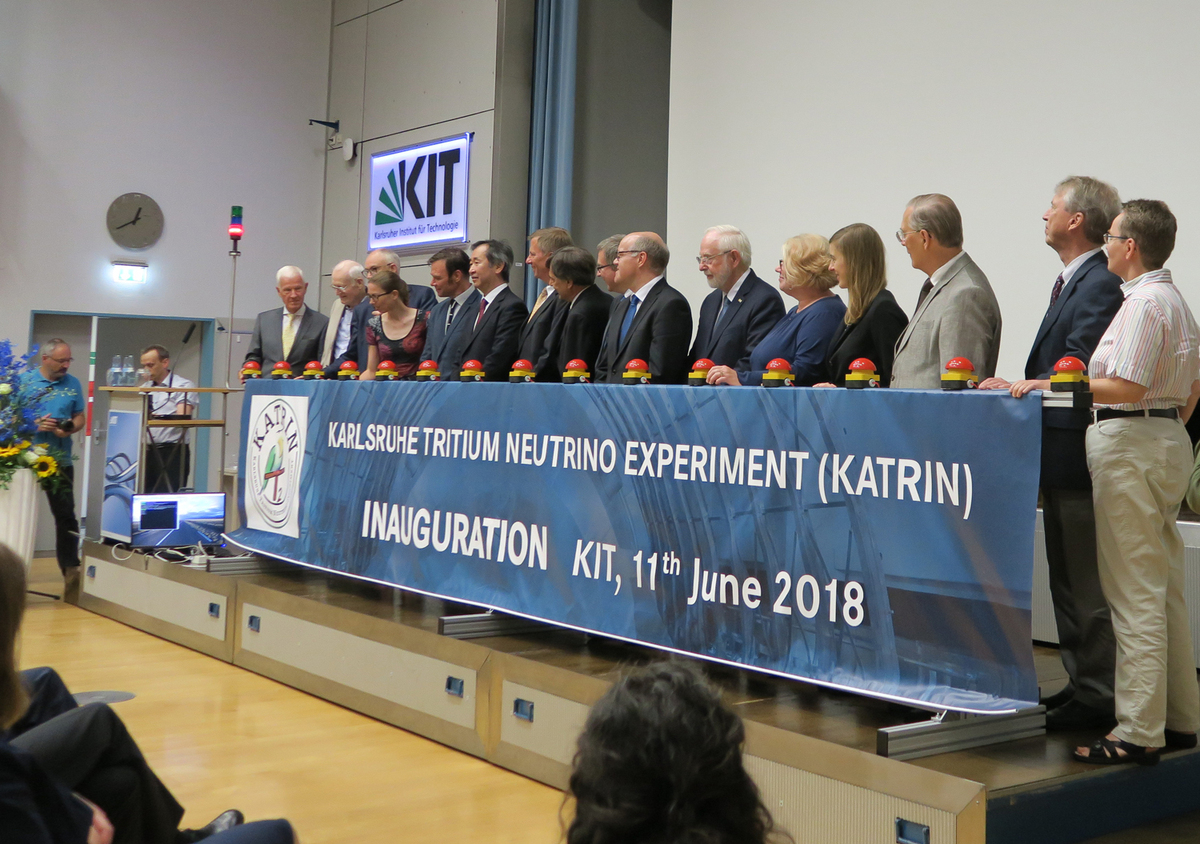

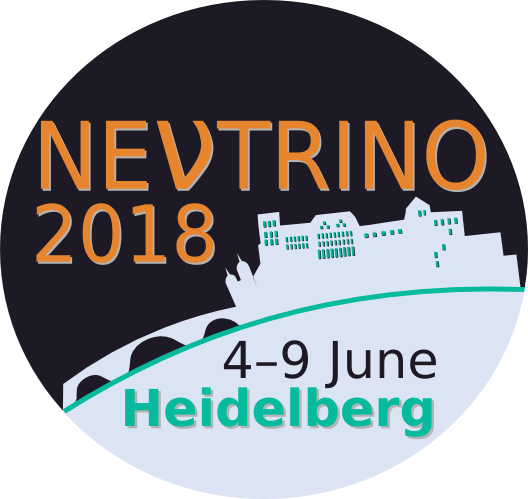





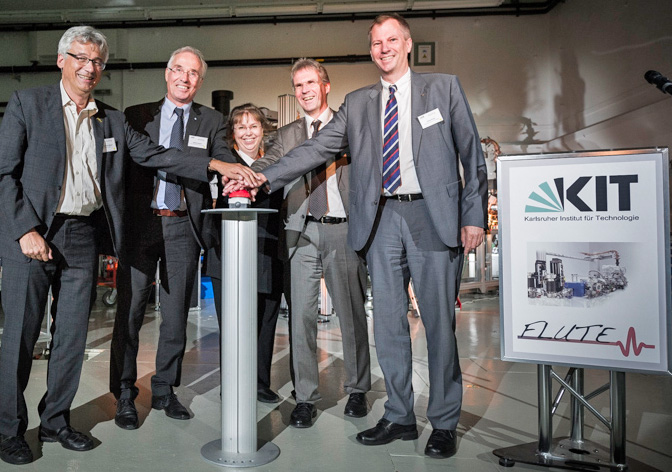






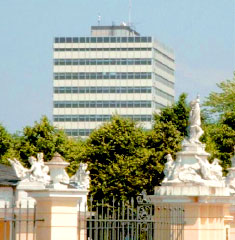







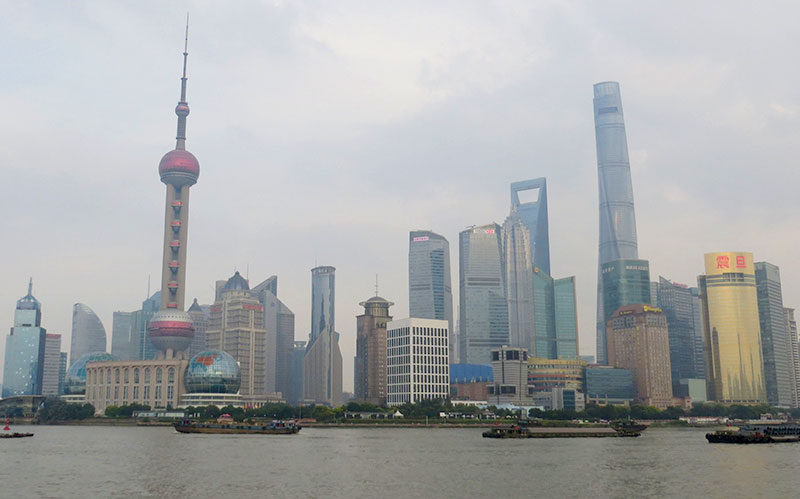
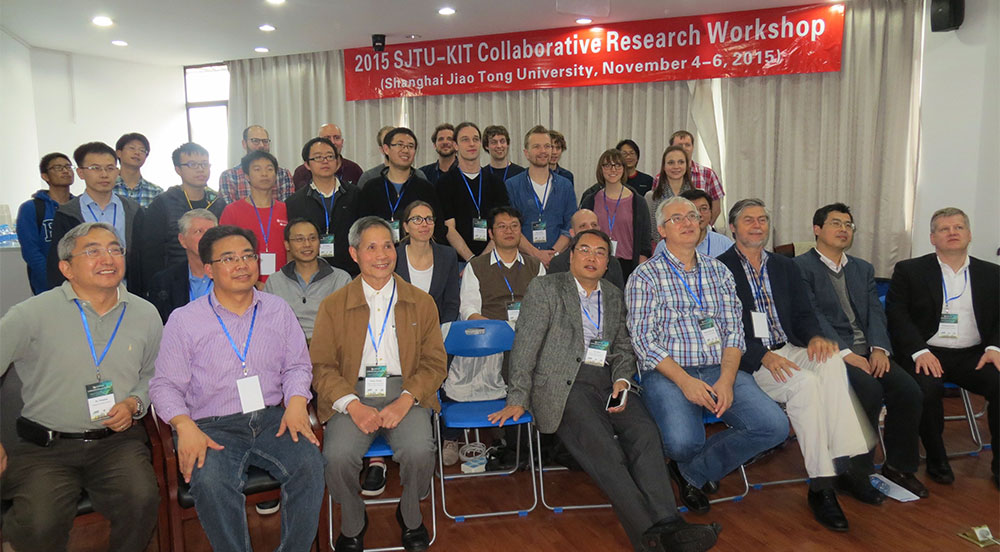
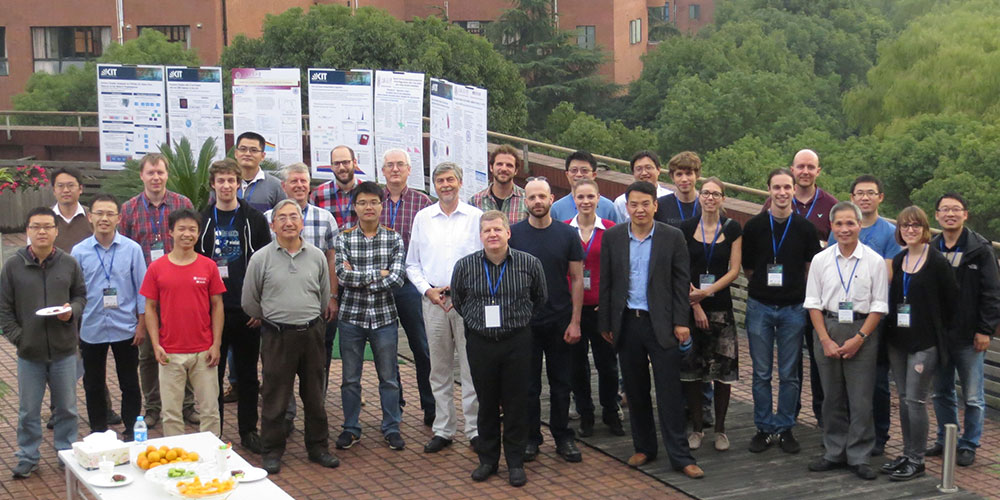


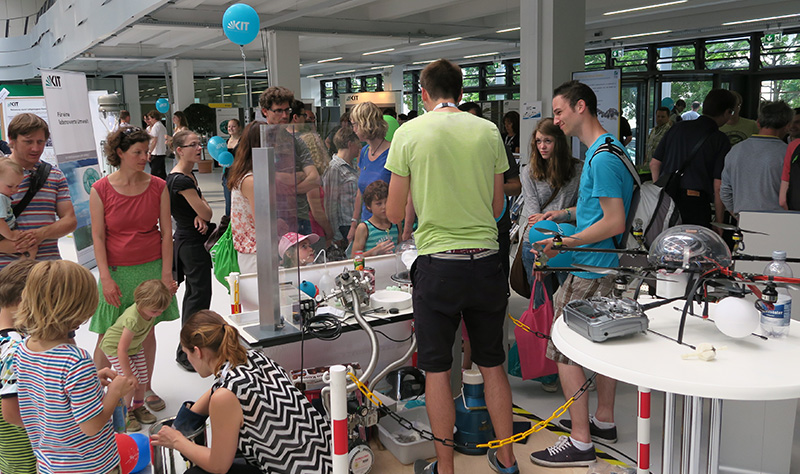
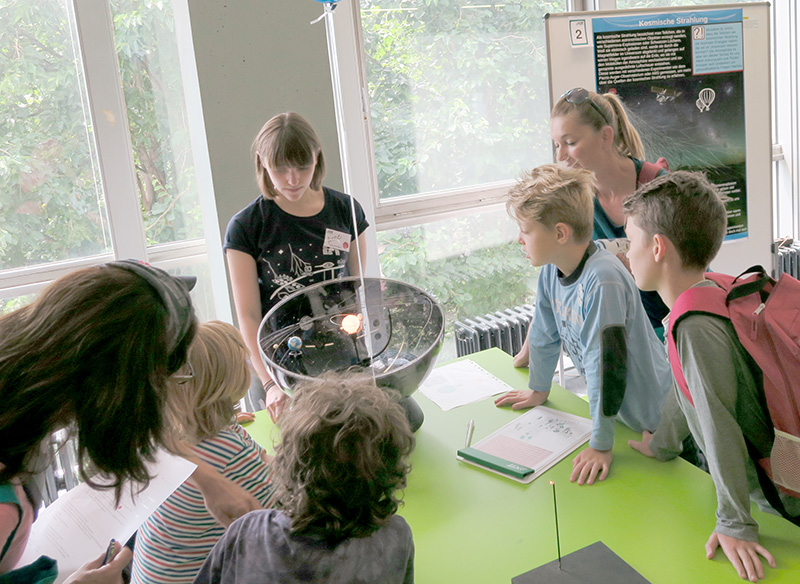
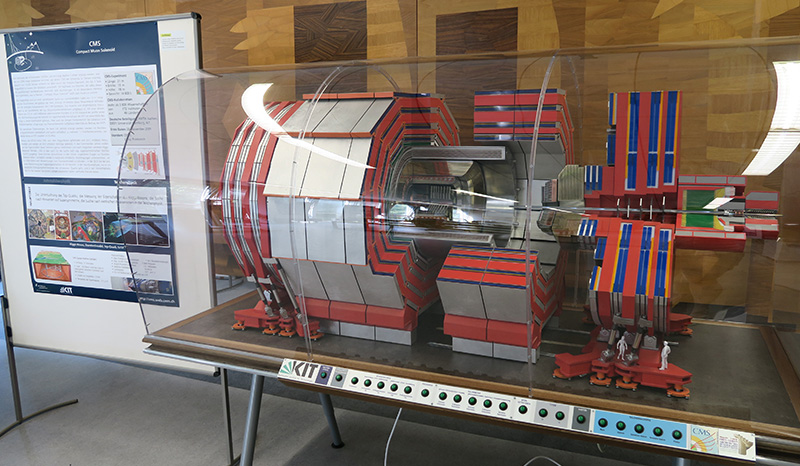
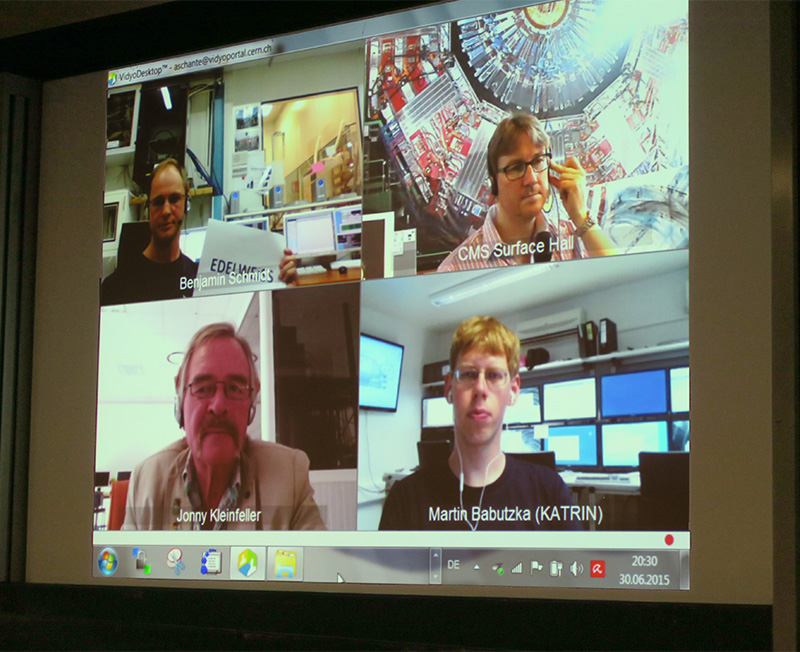
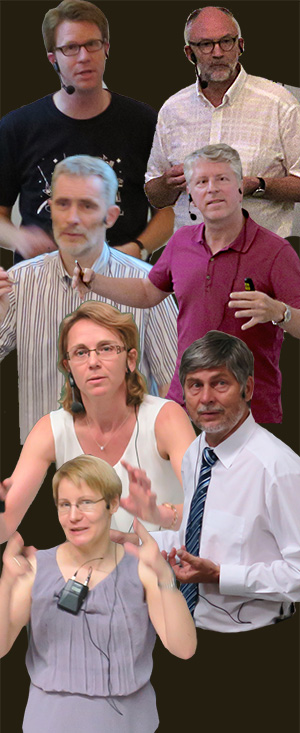




 "Introduction to the KIT Center for Elementary Particles and Astroparticle Physics"
"Introduction to the KIT Center for Elementary Particles and Astroparticle Physics" "Neutrinos on the pan of KATRIN"
"Neutrinos on the pan of KATRIN" "The discovery of the Higgs particle or how the particles get their mass"
"The discovery of the Higgs particle or how the particles get their mass" "How elementary particle physics algorithms can save tens of millions"
"How elementary particle physics algorithms can save tens of millions"

 Michael Hoch (CERN) gave a talk on "Art@CMS – a novel way to achieve a sustainable inspiration in public for science".
Michael Hoch (CERN) gave a talk on "Art@CMS – a novel way to achieve a sustainable inspiration in public for science".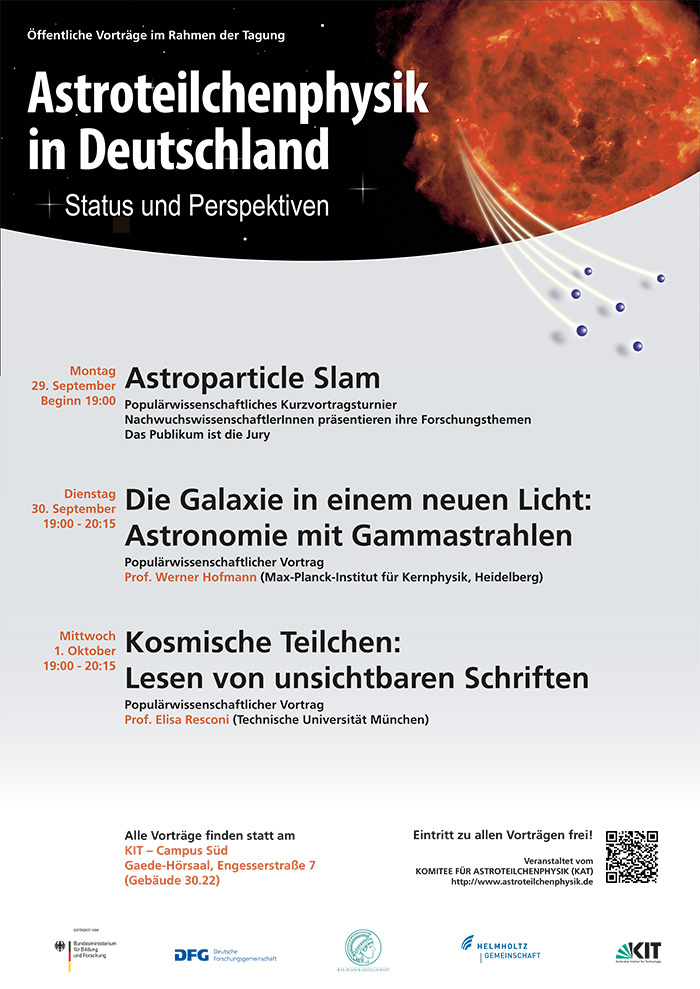 With two public evening lectures and an
With two public evening lectures and an 
